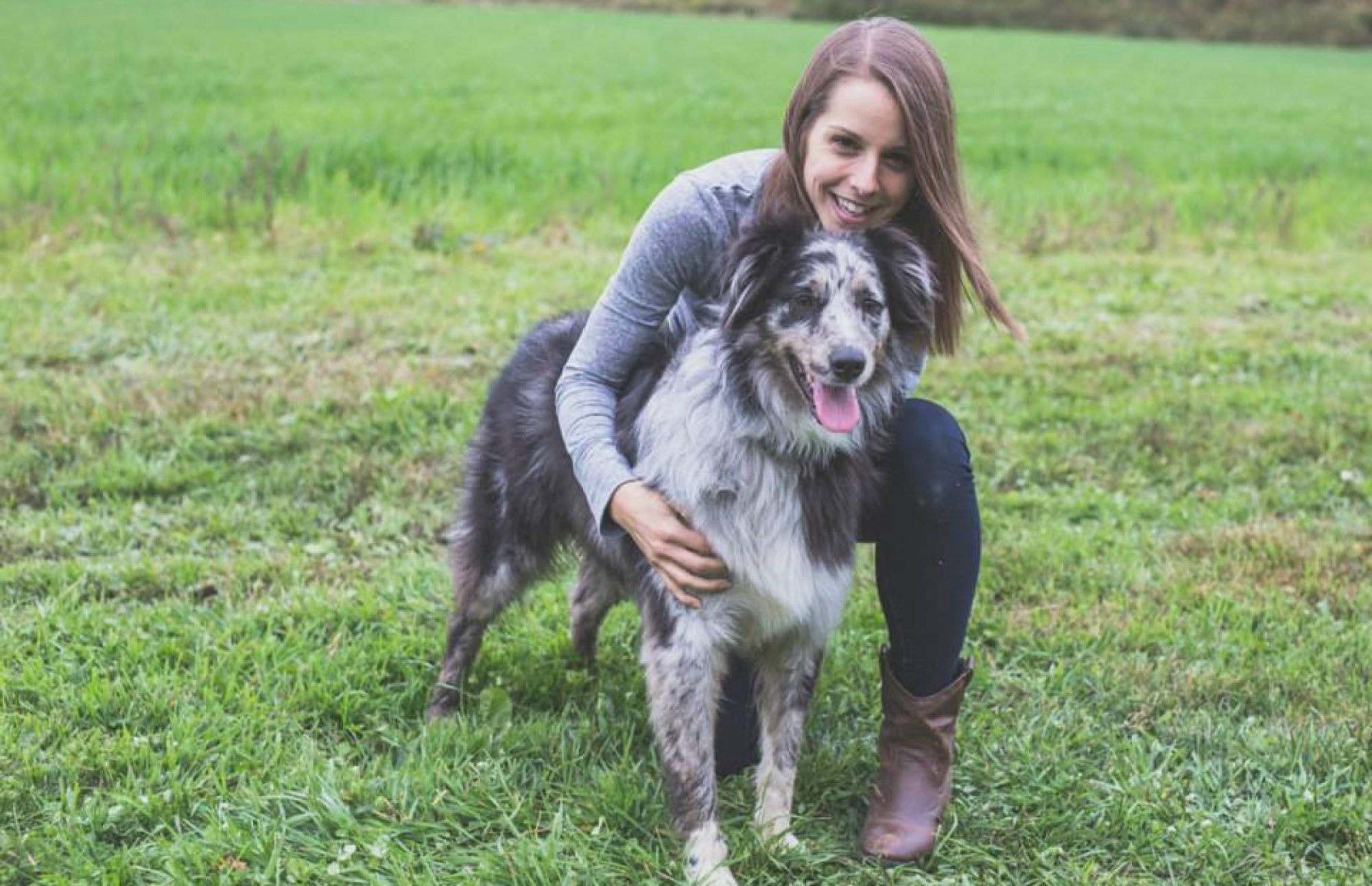(I originally shared this on my Instagram page, which is private simply because I’m a mh therapist and am ethically not supposed to have client’s follow me, but my sister asked me to share it. Which, since this blog is also about Pacer, means I follow up this post with my tips for adventuring with your dog.)

At the beginning of summer, I had wanted to do a series for Higher Running on wilderness safety in the backcountry because I’ve heard so many people, especially women, say they want to get out but it feels too scary to go out alone. For me, that’s really sad to hear…that people who want to aren’t getting out into sacred, healing spaces.
Since I’m just now writing this post in August, I’ll skip the series but highlight a few important things, namely, the role of fear. (Also, TrailSisters.net has a ton of great articles on women’s safety.) First, we’re scared of the wilderness because most of us grew up so disconnected from it. One of the biggest lies we’ve been taught is that nature is something separate from ourselves. From a psychological perspective, fear is located in the primal part of our brain. Its design is to keep us alive, but it is not meant to keep us from living. When we hear about a person being attacked by a mountain lion, or a woman being assaulted during a trail run or hike, our brains highlights the experience as a way to protect us…which again, isn’t a bad thing. We just don’t want the fear to override our prefrontal cortex (thinking part of the brain) unless we’re truly under attack (which is what the survival response is designed for). Both of the aforementioned situations are awful and not to be taken lightly (especially female runner’s safety in general), but we’re much less likely to be physically attacked* on the trail than the news and our brains would like us to think. In short, keep that spidey-instinct, just don’t be overrun by fear.
What does that look like? Personally, I tend to venture into the mountains with my dog alone quite often. I do take a tiny drop of fear with me, which helps keep me aware of my surroundings. That little bit of fear has caused me to educate myself and take safety precautions, like knowing what to do if a moose does charge and buying a Garmin inReach. My risk tolerance is also relatively low compared to other people I know (I won’t climb on highly exposed routes-without a rope, which I don’t have the skill for- or go into avalanche territory)…and I am 100% okay with that. But I love going really, really far into remote areas. Be secure in yourself (not ego-driven) and your decisions.
Here are some general suggestions for increasing your wilderness knowledge and confidence:
– Research what to do if you end up closer to a bear, moose, mountain lion, etc. than you wanted to.
-Research cloud patterns (bailing on a route is always okay) and what to do if you see lightning.
–Take a wilderness first aid course (NOLS has a lot of offerings, especially in Colorado)
-Get out first with people who know what they’re doing (not just runners who like to go light), even if you use a guiding service. (Because I was in the wilderness therapy program at Naropa, most of my professors were also wilderness guides.)
-Buy the safety equipment that makes you feel comfortable (Garmin InReach, bear spray, knife, etc).
-Take baby steps. A little uncomfortable equals growth, too uncomfortable equals flooded and frozen.
-There are other things to consider when you’re about to take off for your adventure, but again, I’ll direct you to TrailSisters.net before this post gets any longer.
